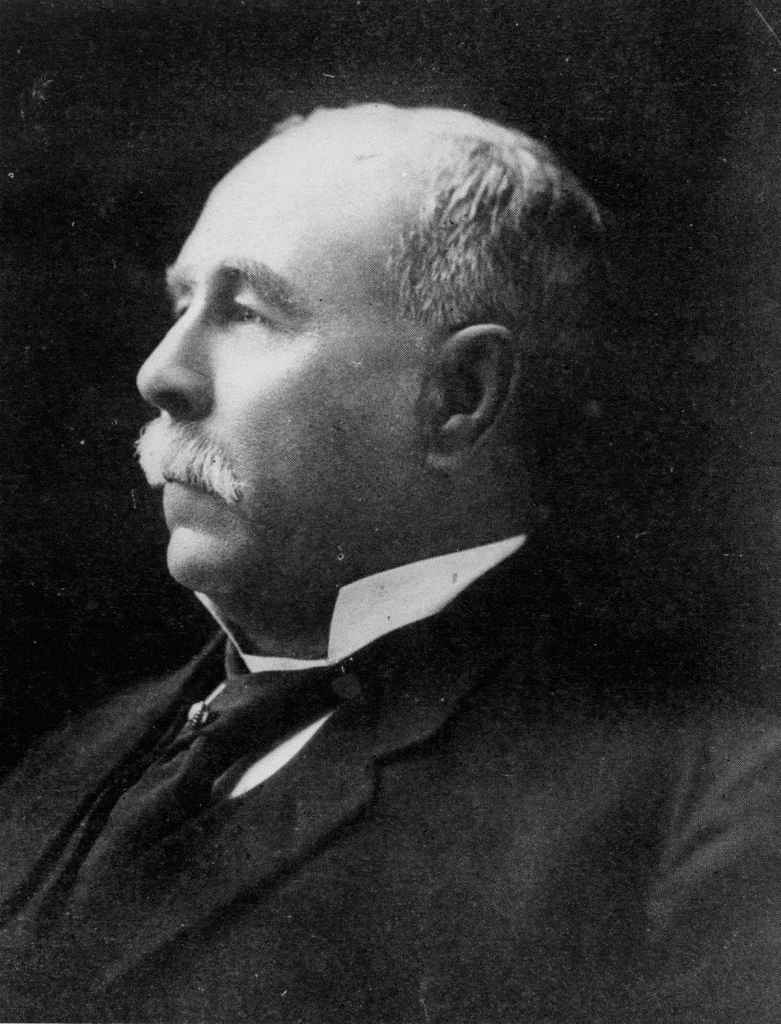If a mining company drives a tunnel nearly three miles into the heart of a mountain it owns, do the percolating, underground waters which the tunnel intercepts, collects, and conveys to its portal belong to the mining company? That was the question before the Supreme Court of the United States on October 17, 1922.
Some twelve years earlier, on April 30, 1910, the greatest transportation and drain tunnel project ever undertaken in Utah was set in motion as officials of the Daly-Judge company joined Jesse Knight in awarding the engineering firm Free and Taylor of Salt Lake City the contract for driving the 14,500 foot bore of the Snake Creek Mining and Tunnel Company. At the time, the Herculean mining project was the biggest development scheme this section of the country had ever seen and one of the most important enterprises in Utah.

Credit: Park City Historical Society and Museum, Jim Santy Collection
The original purpose was to drain and explore “Uncle Jesse’s” Great Western properties in Big and Little Cottonwood Districts and the Bonanza Flat portion of the Daly-Judge holdings, indicated to be its richest section. The Snake Creek tunnel would drain the Daly-Judge 500 feet below its lowest level allowing the development of known ore bodies of incalculable value. In addition, the water flow in the immense adit was to be utilized for electrical power requirements of the Daly-Judge and Snake Creek companies and sold for municipal consumption and irrigation.
The mouth of the Snake Creek tunnel was located in Snake Creek Canyon five miles west of Midway in Wasatch County at an elevation of 6,932 feet. The double track tunnel would crosscut the entire formation of the Park City District. Financial backers believed it would become the avenue through which thousands of acres of mineral ground would be developed and operated.
The roof of the 9 foot wide, egg-shaped tunnel stood 6 ½ feet above the floor. A concave waterway 3½ feet deep and 4 feet wide was cut into the floor. On Christmas Eve 1915, one could stand at the breast of the tunnel where the miners worked and see daylight at the portal 13,660 feet away. To the observer it appeared about the size of a silver dollar. The course of the tunnel followed a straight northwesterly line with a grade of three inches per 100 feet. It was at its greatest depth, 3,730 feet directly below the summit of 10,721 foot Clayton Peak. Nearly one million cubic feet of rock and debris had been removed from the tunnel and as many as 8,000 gallons of water per minute flowed through it.
Because of the high price of material and the impossibility of obtaining efficient labor, the driving of the tunnel was discontinued early in 1916. It had been driven a total of 14,500 feet and water flow reached 8,626 gallons per minute.
Next week, we’ll explore the history of Snake Creek and the context of the water dispute that eventually ended up in the US Supreme Court in 1922.